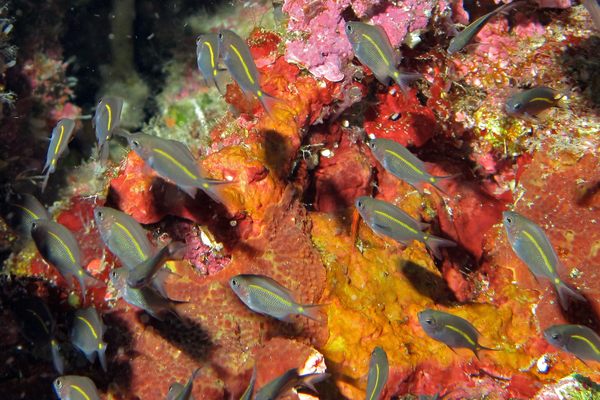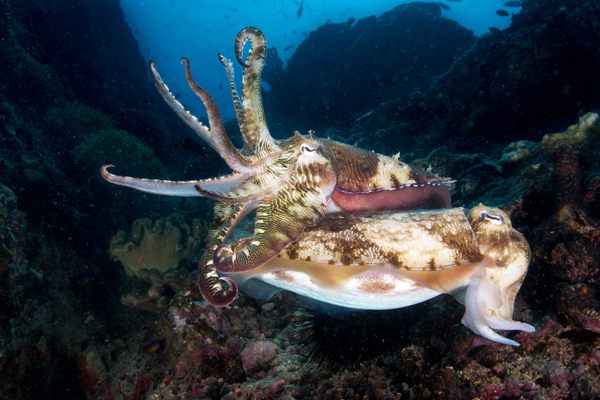Tiny Glass Eels Navigate the Atlantic With Magnetic Compasses
How else would they get from the Sargasso Sea to Europe?

The European eel makes two major Atlantic journeys in its life, once as a larva to European waterways, and back again as an adult to spawn in the Sargasso Sea (a region of the North Atlantic). The trip from the breeding ground to Europe can take anywhere from 17 to 28 months as the small larvae drift along in the Gulf Stream. Somewhere between the Canary Islands and Norway, they jump off, grow into small, clear eels called glass eels, and then make their way to streams and lakes for the next stage in their life cycle. But exactly how the eels know when and where to get out of the Gulf Stream has been a bit of a mystery—until now.
To figure out how the eel larvae know when to change course and head for the continent, researchers from the University of Miami and the Norwegian Institute of Marine Research used two devices to study how eels behave in their normal environment, and under artificial conditions. Using a special, partially enclosed aquarium off the coast of Norway, they observed how the eels swam in a simulation of the the drifting they experience in the Gulf Stream. They observed eels in a magnetoreception testing lab, where the scientists were able to manipulate magnetic fields.

Off the coast, almost all of the eels showed a preference for a particular compass direction, and most oriented themselves south during ebb tides. In the lab, where the eels had only the generated magnetic field to go by, most also oriented themselves to the (artificial magnetic) south during ebb tides. “It is incredible that these small transparent glass eels can detect the Earth’s magnetic field,” said Alessandro Cresci, a coauthor of the report, in a press release. “The use of a magnetic compass could be a key component underlying the amazing migration of these animals.”
























Follow us on Twitter to get the latest on the world's hidden wonders.
Like us on Facebook to get the latest on the world's hidden wonders.
Follow us on Twitter Like us on Facebook